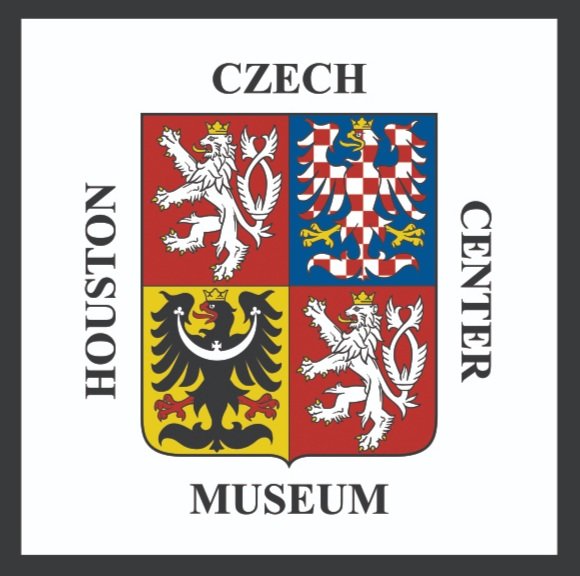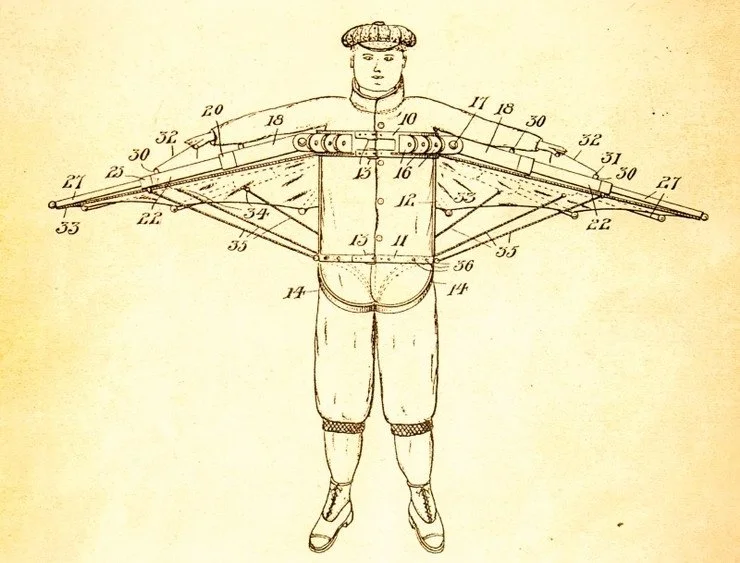Intervision began as the Eastern bloc alternative to Eurovision, initiated by Czechoslovakia’s national television broadcaster. Though the initial contest lasted four years, it was abruptly ended by “Normalization” in Czechoslovakia. The Intervision concept gets picked up by Poland’s broadcaster for their Sopot International Festival, where it lasts four more years before being interrupted by political upheaval, yet again. Though the future of Intervision is uncertain, its past is worth a look for the intersection between art and politics.
The Plastic People of the Universe: How One Band Sparked a Revolution
The fall of Communism in Czechoslovakia begins with a rock that rolls, pushed by the rock n’ roll group the Plastic People of the Universe (PPU). After the brief Prague Spring, the group was started by the bassist, Milan “Mejla” Hlavsa. During the Normalization period, they continued to find various ways of resisting the new administration before being jailed, which inspired further resistance and eventually lead Czechoslovakia out of the hands of the Soviet regime.
Anny Ondra: Starlet of the Silver Screen
The Czech Bedtime Routine: іХ±рДЌ±р°щІФѕ±ДЌ±р°м
іХ±рДЌ±р°щІФѕ±ДЌ±р°м is a late-night children’s program broadcasted in Czechoslovakia, the Czech Republic, and Slovakia. With generations of children, it has immense cultural and nostalgic value. This program has made stars out of many of the cartoons, including the famous mole, Krtek. Due to the timeslot it would broadcast on, іХ±рДЌ±р°щІФѕ±ДЌ±р°м became a staple of the bedtime routine.
History of Czech Poetry Works
The history of Czech poetry goes as far back as the 9th century. It begins with the works of Saints Cyril and Methodius, who translated texts in the bible from Greek to Old Church Slavic, a language in which the first Czech poems were written. Since then, Czech poetry continued to flourish, even when the chosen languages of the Czechs continued to face challenges throughout the centuries. The apparent culmination of Czech poetic culture is of a poem, ІСГЎВб, written by Karel Hynek ІСГЎі¦іуІ№.
Irena µю±р°щІФГЎЕЎ°мґЗ±№ГЎ and the Fight for Czechoslovak Independence
Irena µю±р°щІФГЎЕЎ°мґЗ±№ГЎ, the second of VojtД›ch Preissig’s three daughters, started her life in Boston, after being born in Prague, before returning to what was now Czechoslovakia. It was at this moment that she dedicated her life to writing and publication, particularly to resist the Nazi occupation. Although her relationship with her father initially splintered, it eventually mended as the two published a resistance magazine, V boj.
JiЕ™Г Trnka: The Father of Czech Cinema
The so-called “Walt Disney of Eastern Europe,” Jiřà Trnka began his career as an illustrator, his life soon culminating into sophisticated puppetry on film. His usual subject matter involved his puppeted takes on classic fairy tales and tales he crafted which feature profound narratives, some of which satirized his own government. His career culminated in his film The Hand, where the importance of the hand is placed above all else.
The Life of Zita Bourbon-Pama, Her Majesty the Empress and Queen
The long life of Zita of Bourbon-Parma is filled with tragedy and tough moments, while also sporting love and a zest for learning, not just of intellectual subjects, but also survival and acceptance. Her love life began and ended with Archduke Charles of Austria-Este. Being the Duchess of Austria-Hungary during the mid-1910s, she and her husband were met with many challenges and had to make various choices in order to ensure the safety of their country, for example. Despite the hardships, Zita lived long.
Running from Trouble and Rising to Success: Jan Antonin Bata and the Bata Shoe Company
Holiday Traditions: Exploring the Adoption of the Christmas Tree
O Conifer, O Evergreen! Before the Christmas tree’s cultural adoption, the branches of conifers and evergreens were hung above dinner tables. During the adoption of the Christmas tree, they were decorated with pastries, candies, and paper chains, among other accentuations, all never meant to be eaten. Although the adoption has seen pushback in the first couple of centuries, today they’re a common sight among Czech celebrators.
Barborky: A Pre-Christmas Tradition
Before Christmas comes the holiday of Barborky, originating from the 12th century St. Barbara’s Feast celebration. The Saint herself is said to protect people, especially soldiers and miners, from sudden death. This holiday is celebrated in a couple ways, such as removing a branch from a cherry tree, wearing veils of white, or passing a light around mining villages.
Witness to the Revolution
As the trailblazing Velvet Revolution took place, many foreign to Czechoslovakia intensely paid attention. Some eyewitnesses photographed and recorded violence against protesters by riot gear police. Others made efforts to report the incidences and progress to the world as the revolution proceeded. The efforts of both protesters and witnesses to the revolution made way for a freer Czechoslovakia.
Sculptures in the Czech Republic
Letna Carousel
Rare Bronze Age Artefacts Discovered in Czech Republic
Recently, artifacts from an ancient pre-Czech society were found by the PodЕ™ipsko Museum and are being analyzed by the Brno Institute of Archeology and Museology. These artifacts are estimated to be worth millions of Czech crowns, but their historical value is even greater. Researchers are working to discover how these tools were used while speculating on their pristine preservation. In 2025, these artifacts will be on display in the PodЕ™ipsko Museum.
Labor Camp Rediscovered in the Shadow of Stalin
As of 2021, the remains of Stalin’s regime linger in the now-Czech Republic. Although the Stalin Monument in Prague was removed in 1962, over 50 years later the labor camp emerged from the shadows of the monument. It was through another archeological search for bastion fortifications that the labor camp remains were discovered.
Stefan Banic: The Man Behind the Parachute Innovation
Stefan Banic was a Slovak inventor who constructed a prototype of a parachute in 1913 and tested it in Washington D.C. in front of the U.S. Patent Office and military representatives by jumping from a 41-floor building and subsequently from an airplane in 1914. When no one was interested in buying his invention, Mr. Banic donated his patent to the United States Army Balloon Corps, in return for which the Army made him an honorary officer, even though he never could obtain United States citizenship. His patented parachute became standard equipment for U.S. pilots during the First World War.
Frantisek Kupka: Orphism
Bohemian artist Frantisek Kupka is the forefront mind behind the art form of Orphism. Orphism focuses on color and abstraction, similar to Cubism but also an “evolution” where abstract shapes are given precedence in contrast to solid, known geometric shapes. There are many examples of Orphism to see, spanning many years.
Shepherd Axe
Shepherd axes, or 'Valaska,' have a rich cultural history in Central and Eastern Europe. Originating in Eurasia, they were used for combat by Bulgarian and Hungarian warriors before becoming essential tools for shepherds. In Czechoslovakia and Poland, axes were personalized with carvings and became symbols of identity. These axes feature prominently in folklore and traditional dances, celebrating their cultural significance and artistic beauty.
Linden Tree Chronicles
Linden Trees hold significant symbolism in many cultures around the world, including Slovakian and Czech culture. In Slovakia, they symbolize peace, unity, and protection, just as they do in Greek, Norse, and Baltic mythology. Linden Trees have a wide array of uses and applications, including medicinal and herbal usage. The tree's appeal is both everlasting and worldwide.













